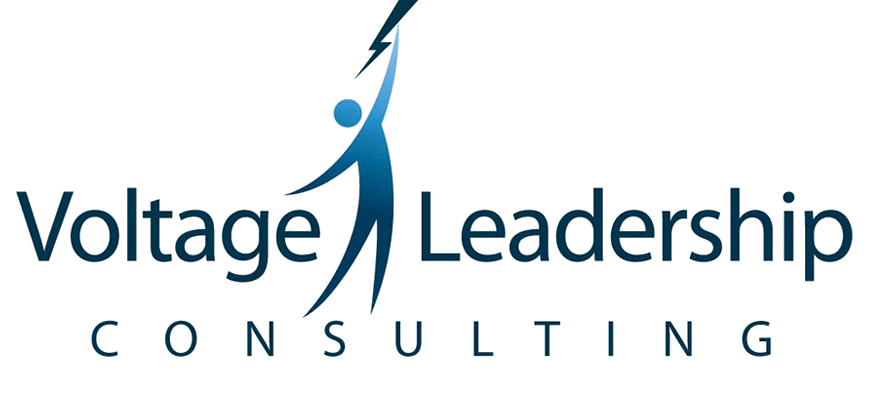IS IT TIME FOR A NEW LEADERSHIP PARADIGM?
Are you still using leadership methods, thinking and books from a previous generation? I think many of us probably are and I wonder if they are still serving us. I went to George Washington University for my Master’s in Adult and Leadership Development. We learned that it generally takes about 20-25 years for a concept to move from academia to accepted practice in the workplace. If that is the case and still true, then we are just now adopting the best practices from the late 80’s to mid 90’s. Wow, let’s think about how much has changed since then. I started my professional career after graduating college in 1990.
Here are a few things I remember about this time period:
1. Inter-office envelopes
2. Smoking allowed at each work station
3. Wet bars in the leader’s offices; drinks offered to me at meetings starting after 4pm
4. Coat and tie were expected every day
5. No email
6. Internet not used yet
7. Videoconferencing barely available but not really used
8. Leaders were expected to make all the decisions and held all the information
9. I would describe the workplace as a command and control structure with lots of hierarchy; middle managers and not much transparency.
These were the formative years for a lot of the leaders in today’s workplace. Many of us learned how to be managers by watching what we were seeing and being trained in the classroom on the trends of this time period.
When was the last time you critically thought about leadership style, leadership brand and the behaviors you use to lead your team? Is it time for a check-up?
I see different things in the workplace today. Here are some of the best practices I see working with our clients:
1. Set clear expectations and then give plenty of room for the person to perform. Employees need to understand where they are going but do not need to micro-managed each step of the way.
2. Command and Control can be effective but cannot be your only style. If I am bleeding and coming into the emergency room, then I want someone to take charge and lead the situation. However, I also want that team to take time at the end of the shift to do an after action review and ask: Did we achieve our desired outcomes? What went well today? What could we have done better? Thus, a leader must be open to feedback to achieve optimal results.
3. Purpose maters!!! People have a desire to understand the why behind their work. If you want engagement from your team members, tell them the purpose. Sure, we all have things that are delegated to us that we do not really want to do. However, if we understand why our work matters and who our works serves, it is much easier to do our best work and stay engaged.
4. Feedback is a gift! Many leaders I work with are stuck in the old days—they say things like, “If I do not say anything to you, then you are doing a good job.” Or they think, “Nobody gave me feedback or cared about my development so why should I.” I say, “Too Bad!” Stop with the whining and instead think about what you wish you had received. Today’s workforce will have choices about where to work and they will stay where they have a chance to grow, develop, be engaged, recognized and succeed.
Good luck on your leadership style audit. Here are a couple of resources that I like to share with leaders to help them—Drive by Daniel Pink; Deep Work by Cal Newport and The Next Level by Scott Eblin. Let me know what you discover about your leadership style!
